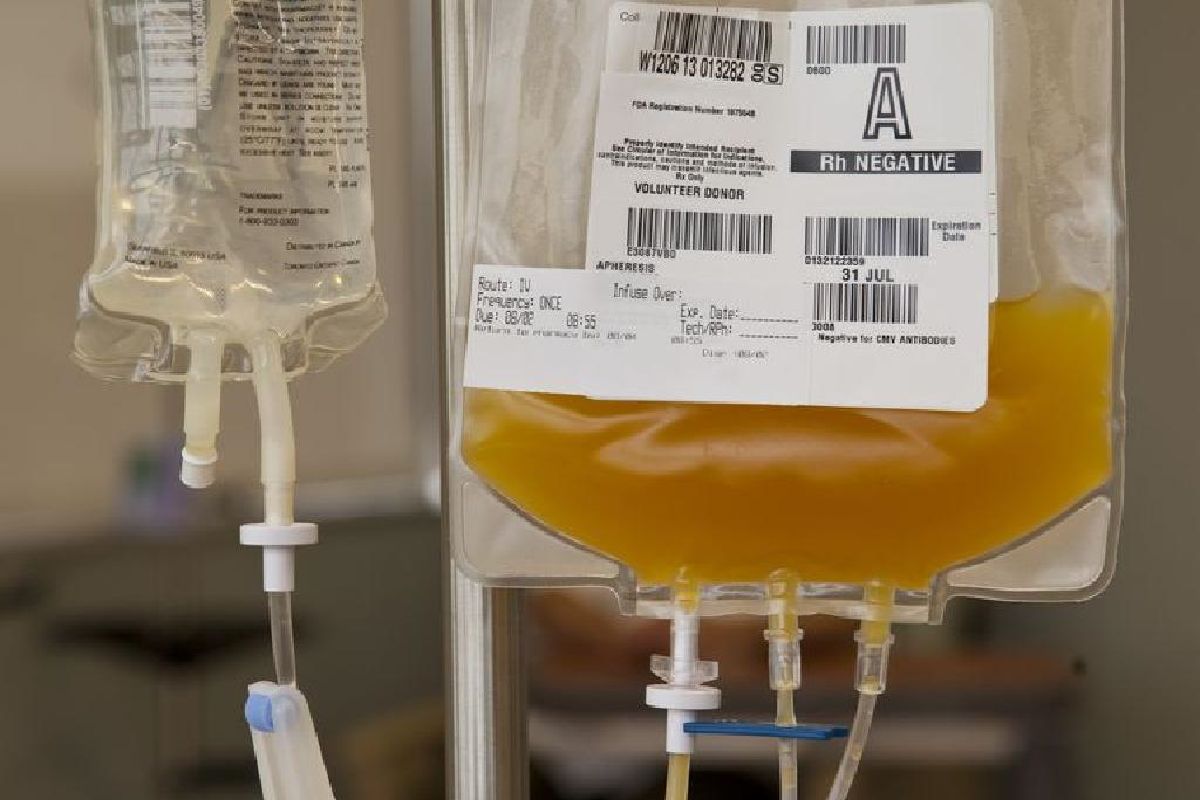What is Thrombocytopenia?: Thrombocytopenia is the medical term to define a low platelet count. Platelets are some of our blood cells, and their work is to help us stop bleeding. Thrombocytopenia well-defined as a platelet count of fewer than 150,000 cells/ml, regardless of age.
Also read: How to Prevent Coronavirus?: Caring for Children Health Against Coronavirus
Table of Contents
Symptoms
Because platelets are crucial in stopping bleeding, the signs and symptoms are related to the increased risk of bleeding.
If the it is mild, you may not have any symptoms. The smaller your platelet count, the more likely you are to bleed.
- Nosebleeds
- Bleeding gums
- Blood in the urine or stool
- Blood blisters in the mouth called purple
- Easy bankruptcy
- Tiny red dots that appear like a rash called petechiae
Causes
There are many causes of thrombocytopenia, counting laboratory errors. Some reasons are temporary and can fixed with treatment, and others require prolonged treatment.
- Virus: During viral infections, the bone marrow can produce fewer platelets temporarily; its called viral suppression. Once the virus removed from the body, the bone marrow can continue average production.
- Medications: Certain medications can inhibit the body’s capability to make platelets or make antibodies that abolish platelets. The number of drugs that cause prolonged and contains antibiotics (vancomycin, trimethoprim/sulfamethoxazole, rifampicin, and others), ranitidine (Zantac), drugs that treat malaria, and valproic acid (seizure medication). Fortunately, most people who accept these medications will never develop.
- Immunethrombocytopenia: This is a circumstance where the immune system becomes confused and destroys platelets when it should not.
- Malignancy: Certain types of cancer, particularly leukemia, can cause a reduced platelet count. This is frequently because cancer takes up space in the bone marrow that prevents new platelets.
- Chemotherapy: Most chemotherapy work attacks rapidly dividing cells like cancer cells. Unfortunately, our blood cells come from cells that divide quickly in the bone marrow, and when they are damaged, they cannot make new blood cells temporarily. All three blood cells may be affected; this is called pancytopenia.
More into
- Aplastic anemia: Aplastic anemia is a situation where the bone marrow cannot make blood cells normally, resulting in thrombocytopenia.
- Hereditary thrombocytopenia: Inherited conditions such as Bernard Soulier and MYH9-related diseases produce thrombocytopenia secondary to a genetic mutation.
- Splenomegaly: A portion of our platelets is kept in our spleen, an organ in the immune system. If the spleen enlarges, more platelets become trapped in the spleen and result in. Splenomegaly can be caused by many conditions, containing portal hypertension or hereditary spherocytosis.
- Thrombotic thrombocytopenic purpura: This situation in adult females causes small clots to form in the blood vessels that abolish platelets and red blood cells.
- Pregnancy: Thrombocytopenia may happen in more than 5% of expected pregnancies or maybe the outcome of preeclampsia.
Diagnosis
Thrombocytopenia is initially diagnosed with a complete blood count (CBC). This could obtain as part of an annual physical exam or because you come to your doctor with symptoms of bleeding. However, To determine the cause of thrombocytopenia, your doctor will need to send additional labs. This will likely contain a peripheral blood smear where blood cells inspected under a microscope. The appearance of platelets may indicate the specific cause of low platelet count. Additionally, tests evaluating platelet function, such as platelet aggregation, can help diagnose the source of thrombocytopenia.
You may want to referred to a hematologist (blood doctor) to determine the cause of your thrombocytopenia.
Treatments
That is to say, Their treatment determined by the severity of their bleeding symptoms and the cause of thrombocytopenia. All patients should avoid aspirin or nonsteroidal anti-inflammatory drugs (NSAIDs) such as ibuprofen as these drugs reduce platelet function and the ability to form a clot.
- NONE: If thrombocytopenia is mild or has no active bleeding, you may not need any treatment. If thrombocytopenia supposed to be secondary to a viral infection, your platelet count may checked several times to ensure it returns to normal.
- Platelet transfusions: Transient thrombocytopenia, as seen throughout chemotherapy treatments, can treated with platelet transfusions. Moreover, Platelet transfusions also frequently used if you have active bleeding with thrombocytopenia.
- Stop Medication: If thrombocytopenia is the result of a medication, your doctor may stop that medication. This is a balancing act. Above all, If your condition (such as seizures) well controlled on the medicine and your thrombocytopenia is mild, your doctor may continue with this medicine.
- Medication: If thrombocytopenia results from immune thrombocytopenia (ITP), it may treated with steroids, intravenous immunoglobulin (IVIg), or anti-D immune globulin.
- Splenectomy:In numerous types of thrombocytopenia, the spleen is the leading site of platelet destruction or platelet entrapment. Splenectomy, the surgical removal of the spleen, can improve your platelet count.
- Plasma exchange: Thrombotic thrombocytopenic purpura (TTP) preserved with plasma exchange. In this procedure, the plasma (the liquid part of the blood) removed by an IV and replaced with fresh frozen plasma.

